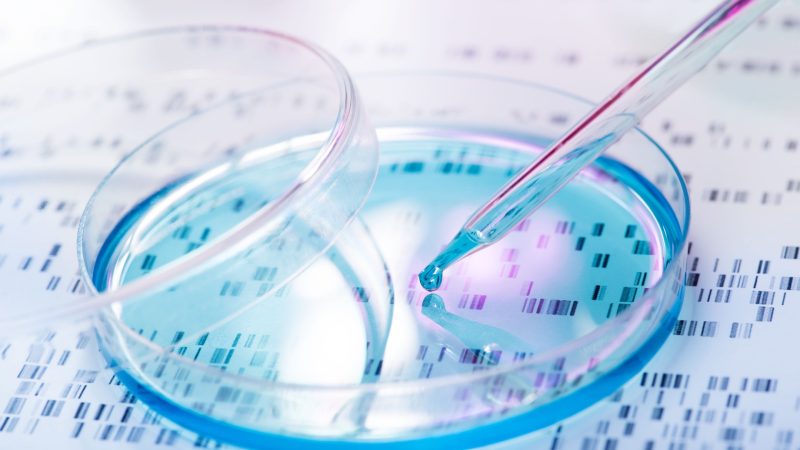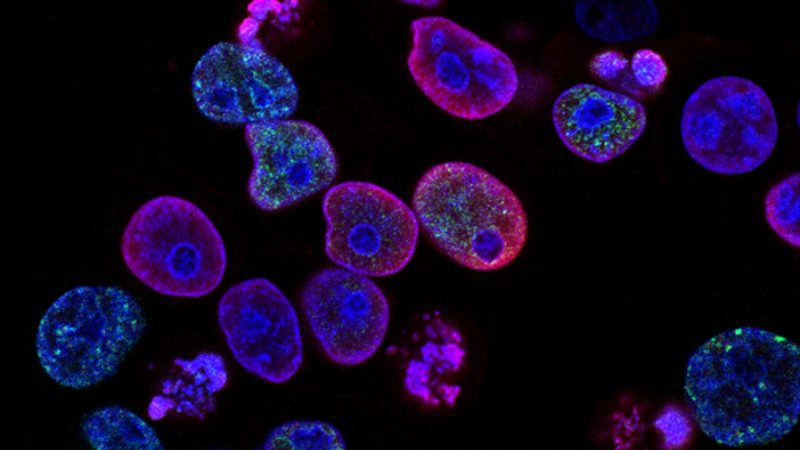Not So Random After All: Scientists Uncover Surprising New Clues to the Origin of Life

New research shows that fluctuating environmental conditions helped chemical mixtures self-organize and evolve in structured ways, challenging the notion of chaotic early chemical evolution.
A new study examines how complex chemical mixtures evolve under changing environmental conditions, offering insights into the prebiotic processes that may have led to life. Researchers exposed organic molecules to repeated wet-dry cycles and observed continuous transformations, selective organization, and synchronized population dynamics.
The findings indicate that environmental conditions played a crucial role in fostering the molecular complexity necessary for life’s emergence. By simulating early Earth’s conditions, the team found that instead of reacting randomly, molecules self-organized, evolved over time, and followed predictable patterns.
This challenges the notion that early chemical evolution was purely chaotic. Instead, the study suggests that natural environmental fluctuations guided the formation of increasingly complex molecules, ultimately contributing to the development of life’s fundamental building blocks.
A New Experimental Approach to Chemical Evolution
A new study led by Dr. Moran Frenkel-Pinter, from the Institute of Chemistry at The Hebrew University of Jerusalem, as well as Prof. Loren Williams, from the Georgia Institute of Technology, investigates how chemical mixtures evolve over time, shedding light on potential mechanisms that contributed to the emergence of life on Earth.
Published in Nature Chemistry, the research examines how chemical systems can undergo continuous transformation while maintaining structured evolution, offering new insights into the origins of biological complexity.
Chemical evolution refers to the gradual transformation of molecules in prebiotic conditions, a key process in understanding how life may have arisen from non-living matter. While much research has focused on individual chemical reactions that could lead to biological molecules, this study establishes an experimental model to explore how entire chemical systems evolve when exposed to environmental changes.
How Molecules Evolve Under Wet-Dry Cycles
The researchers used mixtures containing organic molecules with diverse functional groups, including carboxylic acids, amines, thiols, and hydroxyls. By subjecting these mixtures to repeated wet-dry cycles—conditions that mimic the environmental fluctuations of early Earth—the study identified three key findings:
- Chemical systems can continuously evolve without reaching equilibrium.
- Selective chemical pathways prevent uncontrolled complexity.
- Different molecular species
A species is a group of living organisms that share a set of common characteristics and are able to breed and produce fertile offspring. The concept of a species is important in biology as it is used to classify and organize the diversity of life. There are different ways to define a species, but the most widely accepted one is the biological species concept, which defines a species as a group of organisms that can interbreed and produce viable offspring in nature. This definition is widely used in evolutionary biology and ecology to identify and classify living organisms.
” data-gt-translate-attributes=”[{"attribute":"data-cmtooltip", "format":"html"}]” tabindex=”0″ role=”link”>species
exhibit synchronized population dynamics.
These observations suggest that prebiotic environments may have played an active role in shaping the molecular diversity that eventually led to life.
“This research offers a new perspective on how molecular evolution might have unfolded on early Earth,” said Dr. Frenkel-Pinter. “By demonstrating that chemical systems can self-organize and evolve in structured ways, we provide experimental evidence that may help bridge the gap between prebiotic chemistry and the emergence of biological molecules.”
Beyond its relevance to origins-of-life research, the study’s findings may have broader applications in synthetic biology and nanotechnology. Controlled chemical evolution could be harnessed to design new molecular systems with specific properties, potentially leading to innovations in materials science, drug development, and biotechnology.
Reference: “Evolution of complex chemical mixtures reveals combinatorial compression and population synchronicity” by Kavita Matange, Vahab Rajaei, Pau Capera-Aragones, John T. Costner, Adelaide Robertson, Jennifer Seoyoung Kim, Anton S. Petrov, Jessica C. Bowman, Loren Dean Williams and Moran Frenkel-Pinter, 12 February 2025, Nature Chemistry.
DOI: 10.1038/s41557-025-01734-x
Funding: National Science Foundation, NASA
” data-gt-translate-attributes=”[{"attribute":"data-cmtooltip", "format":"html"}]” tabindex=”0″ role=”link”>NASA Center for Integration of the Origins of Life, Azrieli Foundation Early Career Faculty Grant, Israel Science Foundation, Minerva Foundation, FEBS Foundation Excellence Award





